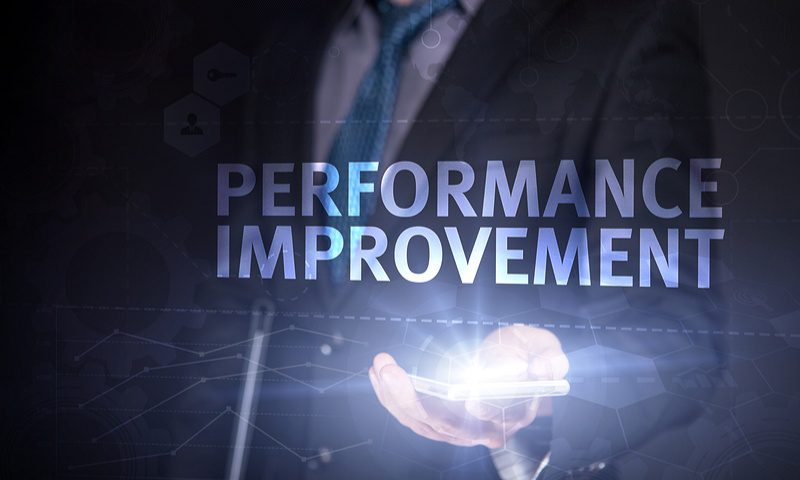Lean has an extensive tool box of various tactics and methods used in order to drive out waste and help you pursue operational efficiencies. As we come to the end of the year, and set our sights on next year, now is a great time to dust off two tools often linked with the New Year: KPIs and SMART Goals. Aligning them is a critical step in kicking off a successful lean campaign in the New Year.
To get started, here is a reminder as to how each of these tools are defined!
KPI – Key Performance Indicator: These should be aligned with higher level strategic goals, and when set right are designed to be an early indicator that exposes when a process is not firing on all cylinders. Your KPIs need to be measurements that tell a story about the current process’ health, not what has happened last week or last month. Often we roll up our KPIs 2 weeks after the month has closed to review them and I often ask what good does that do now? Your KPIs should be living indicators which the team on the floor can take immediate action on, in order to keep them on track and on target.
 SMART Goals: I have added a few modifiers to the typical SMART Acronym to challenge ourselves and think beyond the current standard SMART Goal by looking at each a little deeper…
SMART Goals: I have added a few modifiers to the typical SMART Acronym to challenge ourselves and think beyond the current standard SMART Goal by looking at each a little deeper…
Specific/Strategic/Simple: The expected results are clear, aligned with current strategy, but concise enough that they can be broken into Who, What, When, Where, Why.
Measurable/Meaningful/Mutual: Not only must the goal be quantifiable but also important to the group that is collecting and reviewing the data.
Achievable/Attainable/Actionable/Agreed upon: Make sure that the goal has a plan of attack that everyone has bought into, and that everyone believes can be achieved as described.
Realistic/Relevant/Recorded: The goal should be do-able, meaningful and significant. Ask yourself these questions: Do we understand the reason for the goal, the required resources and purpose or benefit, how it can be accomplished and where will results be kept?
Timely/Time Bound: Assign a time frame to each goal, decide the frequency that it is collected and reviewed, as well as the duration of the KPI objective itself.
Once you have a firm grasp on these two concepts, your challenge becomes aligning your KPIs to look more like SMART Goals. Each KPI must tell its own story and have a specific purpose that tells a story about that area of the process. If your KPI is aligned with the SMART acronym it can be understood by a fifth grader and doesn’t need outside interpretation. Challenge yourself and your team to identify which KPIs don’t meet the SMART objective. Then, either modify the KPI, or get rid of it altogether.
Use these tips and methods to create smart KPIs that are laser focused in the New Year! This will empower your team to know exactly when a process is moving away from optimal performance, address it immediately, and ultimately, be more successful in their lean efforts.
If you’re looking for a partner in 2017 to improve your lean program, click below to learn more about MAU’s consulting services and start the journey now.
{{cta(‘bf7ab131-7c3b-4349-8ca2-1b85426a8e33′,’justifycenter’)}}
Click here to learn more about MAU’s lean practices and commitment to continuous improvement.




